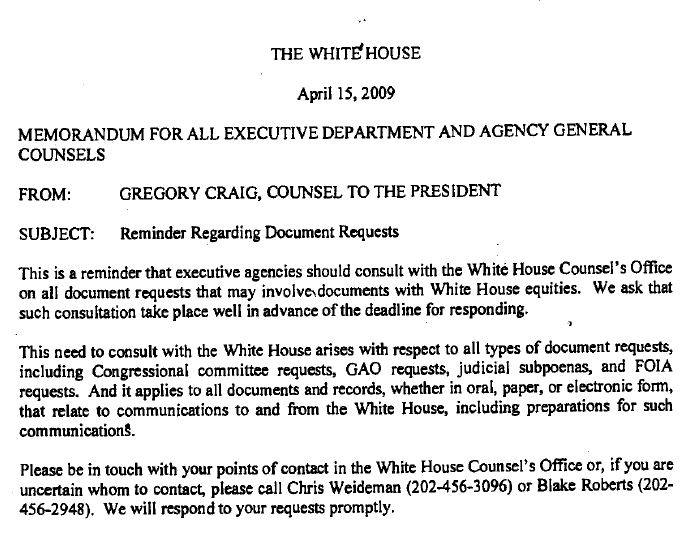Tax Day is just behind us, marking the ceremonial American tradition of waiting to the last minute to electronically file a Form 1040 in the hopes of receiving a tax refund (or maybe that is just me). This year alone, the IRS expects to process approximately 150 million tax returns. But few Americans stop to think before clicking “submit,” about the sheer breadth of information they are supplying. A tax return is an intimate financial portrait that details your income, marital status, number of dependents, the property and assets you’ve acquired, and gifts you’ve received, all based on documents and receipts collected throughout the previous year.
Remember on tax day that while Title 26 of the United States Tax Code gives the IRS the power to levy taxes, it also creates criminal sanctions to make sure people pay what they owe. Tax evasion is a felony, as is failure to pay any tax due, filing a false return, and not filing a return at all in some cases. But what if otherwise legal acts or omissions—like not keeping financial records, throwing away receipts, not giving all of your documents to your accountant, cashing checks, or even using cash—were also a felony under the tax code? Tax cheats should be prosecuted, but the law needs to be applied in a way so that the millions of Americans who file tax returns every year, but might not keep receipts or documents, cannot be caught up in an overreaching prosecution.
This was the issue that faced the Second Circuit in United States v. Marinello. Carlo Marinello ran a courier company in New York and didn’t file tax returns for a number of years. He was indicted with eight counts for failure to file a tax return. However, the government also charged him with a felony for “corruptly obstruct[ing] or imped[ing]…the due administration of the [tax code]” under 26 U.S.C. § 7212(a).
This statute states:
Whoever corruptly or by force or threats of force … endeavors to intimidate or impede any officer or employee of the United States acting in an official capacity under [Title 26], or in any other way corruptly or by force or threats of force … obstructs or impedes, or endeavors to obstruct or impede, the due administration of this title, shall, upon conviction thereof, be fined not more than $5,000, or imprisoned not more than 3 years, or both.
According to the indictment, Mr. Marinello could be guilty of the felony of corruptly obstructing or impeding the administration of the tax code by performing acts as common as “failing to maintain corporate books and records,” “failing to provide [his] accountant with complete . . . information related to [his] personal income,” “discarding business records,” “cashing business checks,” and “paying employees in cash” because he performed these acts and omissions with the intent to obtain an unlawful benefit—not paying taxes. The jury convicted Mr. Marinello on this basis, and the Second Circuit affirmed the conviction.
The other felony provisions in Title 26, including the felony for not paying taxes under section 7202, impose a “willfull” mens rea requirement, which requires the government to prove that the person had a “guilty mind” and acted with the knowledge that his conduct was unlawful, and made a voluntary, intentional violation of a known legal duty. However, the obstruction statute punishes anyone who “corruptly” endeavors to obstruct or impede the administration of Title 26, a much lower standard. To act “corruptly” is to act “with intent to gain an unlawful advantage or benefit for oneself or for another.”
As this otherwise statutorily-undefined term has been applied across the land, and by the Second Circuit in Mr. Marinello’s case, any act or omission that obstructs the administration of the tax code is a felony so long as the defendant committed that act or omission to gain an “unlawful benefit”—whether or not the defendant knew that benefit was unlawful, whether or not the act or omission itself is a legal act, and whether or not the unlawful benefit sought by the defendant was even related to the tax code. Troublingly, this “obstruction” statute has become a catchall felony provision with a reduced mens rea requirement that has swallowed the other criminal provisions in the tax code. For example, it is hard to imagine how failing to file a tax return would not also impede the administration of the tax code.
Disagreeing with the Second Circuit, and concerned about the overbreadth and vagueness of the statute, the Sixth Circuit has cabined the obstruction statute to require that the government prove that the defendant took action to impede or obstruct a pending IRS investigation or action, such that a particular IRS employee was obstructed by the defendant’s conduct. United States v. Kassouf, 144 F.3d 952 (6th Cir. 1998).
Mr. Marinello filed a petition for a writ of certiorari with the Supreme Court, asking it to hear his case and resolve the split between the Sixth Circuit and the Second Circuit. Cause of Action Institute and the National Association of Criminal Defense Lawyers filed a “friend of the court” brief, urging the Supreme Court to take the case to clarify the type of conduct that is criminalized under the tax code. As Judge Jacobs of the Second Circuit warned in his dissent from the rest of the court, “if this is the law nobody is safe.”
The full amicus brief can be found here
Erica Marshall is counsel at Cause of Action Institute

